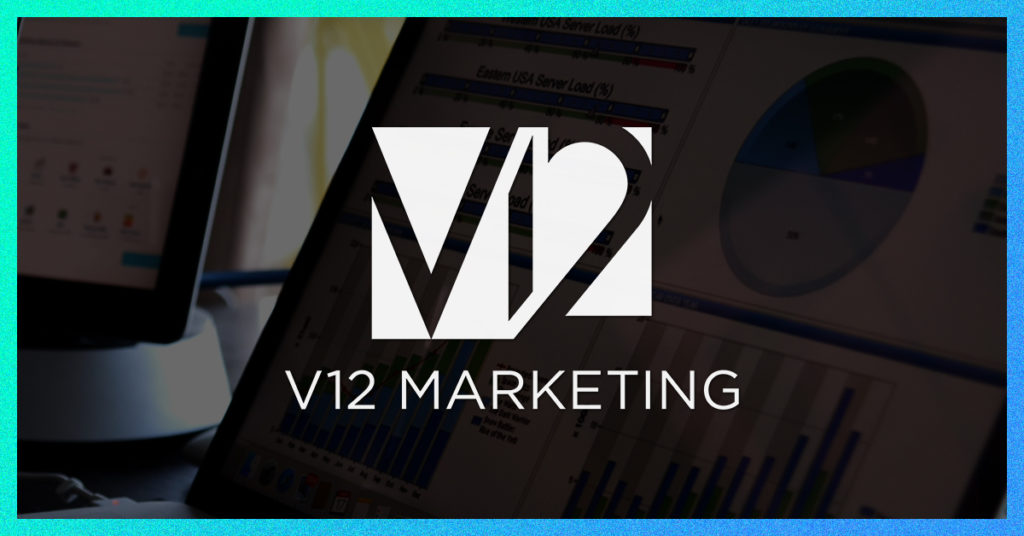
The use of artificial intelligence (AI) in marketing techniques is a significant development that has the potential to completely change the way companies interact with their clients.
But there are obstacles in the way of this journey that could prevent advancement. Through a thorough examination of these challenges and a look at real-world applications, marketers can have a better understanding of how difficult it is to use AI. An in-depth examination of the ten major obstacles is provided below:
1. Data Quantity and Quality Challenge: For AI technologies to work efficiently, they need to have access to enormous volumes of relevant, clean, and well-structured data. A lot of companies have trouble gathering sufficient high-quality data. Without it, AI models may generate insights or forecasts that are not accurate.
Example: A retail company may discover that its customer data is dispersed across several systems, with gaps and inconsistencies that make it unusable for AI research. This is especially true if the company wants to use AI for tailored marketing campaigns.
2. Integration With Current Systems Difficulty: There may be several technological challenges when integrating AI into current marketing platforms. Making sure new AI technologies integrate seamlessly with their sometimes antiquated or incompatible software is a problem that many businesses encounter.
Example: Without incurring expensive updates or custom innovations, a corporation utilizing a customer relationship management (CRM) system that is ten years old may find it difficult to integrate contemporary AI-driven analytics tools.

3. Lack of Experience Difficulty: Due to the specialized and dynamic nature of the AI industry, it is challenging to locate experts who are knowledgeable about marketing tactics in addition to technical AI expertise.
For instance, a digital marketing company may find it difficult to find people who possess both the technical AI know-how and the SEO know-how needed to deploy and operate AI solutions for search engine optimization (SEO).
4. Understanding AI Capabilities Challenge: Inaccurate assumptions about what AI can accomplish can result in either overly optimistic or under-utilized technology.
As an illustration, a company can assume that its AI chatbot will comprehend and react to intricate client inquiries without realizing the requirement for continual training and improvement based on actual encounters.
5. Privacy and Ethical Issues
Challenge: Marketing using AI must walk a tightrope between privacy and personalization while abiding by legal and ethical requirements.
Example: To ensure compliance with GDPR in Europe, an e-commerce company utilizing AI to study consumer behavior must make sure that its data collecting and processing processes have customers’ explicit agreement for data usage.
6. Financial Consequences
Challenge: Adopting AI technology can be costly for smaller firms due to the high upfront costs associated with software, hardware, and personnel acquisition.
Example: A small marketing agency’s limited budget may be strained if an AI system for predictive analytics is used. This is because it may require large upfront fees for cloud computing resources and skilled personnel.
7. The AI Bias and Fairness Challenge: When biases are unintentionally reinforced in training data, AI systems may produce unfair or biased results.
An AI-powered ad targeting system, for instance, may perpetuate inequality by excluding specific demographics from job adverts if it was educated on previous data reflecting biased hiring practices.

8. Keeping Up With The AI Evolution Challenge: Due to the swift speed at which AI is developing, cutting-edge technology can quickly become outdated, necessitating ongoing learning and adaptation.
Example: To ensure an AI model is useful over time and incorporates the most recent developments, a marketing team using it for consumer segmentation must update it on a regular basis.
9. Measuring ROI Challenge: Calculating the return on investment for artificial intelligence projects can be difficult, particularly given the advantages could be indirect or long-term.
Example: Given that a variety of factors affect consumer decisions, a business using AI for content personalization may find it difficult to explicitly link increases in sales to the AI system.
The challenge of cultural resistance may arise when implementing AI-driven marketing strategies within a company. This is because employees may be afraid of losing their jobs or have mistrust towards automated systems.
For instance, a traditional marketing department may oppose the use of AI-driven analytics tools out of concern that a dependence on technology will devalue human ingenuity and creativity.
Using AI in Marketing Going Forward
A systematic approach is needed to address these issues, including data infrastructure investments, the development of a culture that welcomes technological change, and ongoing team education regarding the possibilities and constraints of AI. By doing this, marketers can use AI to promote growth, uncover new insights, and tailor customer experiences—all while keeping their companies at the forefront of innovation.




